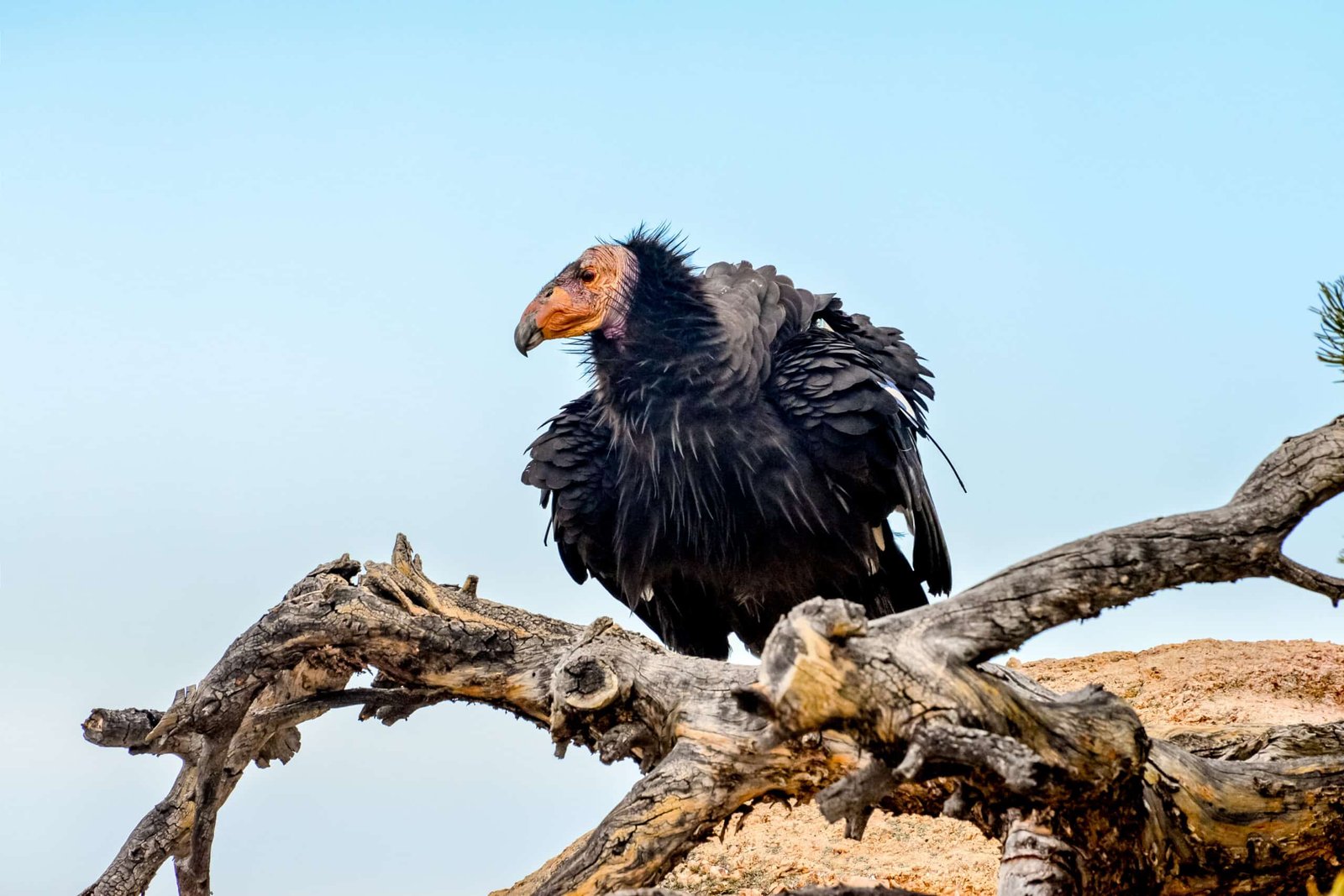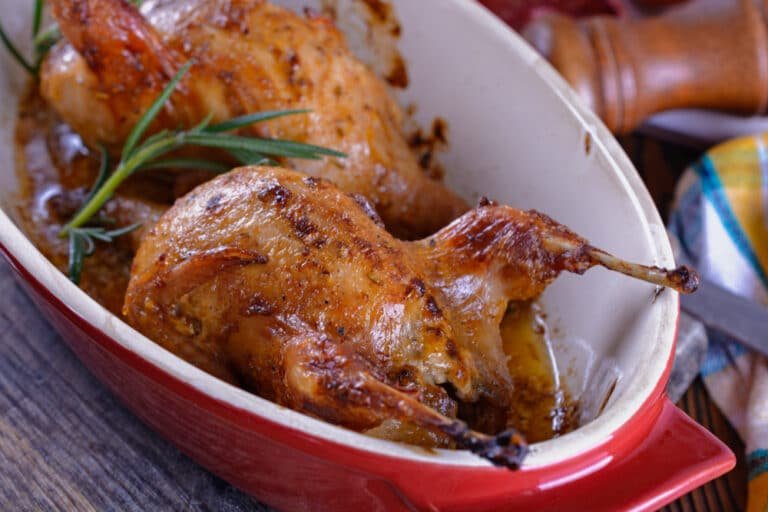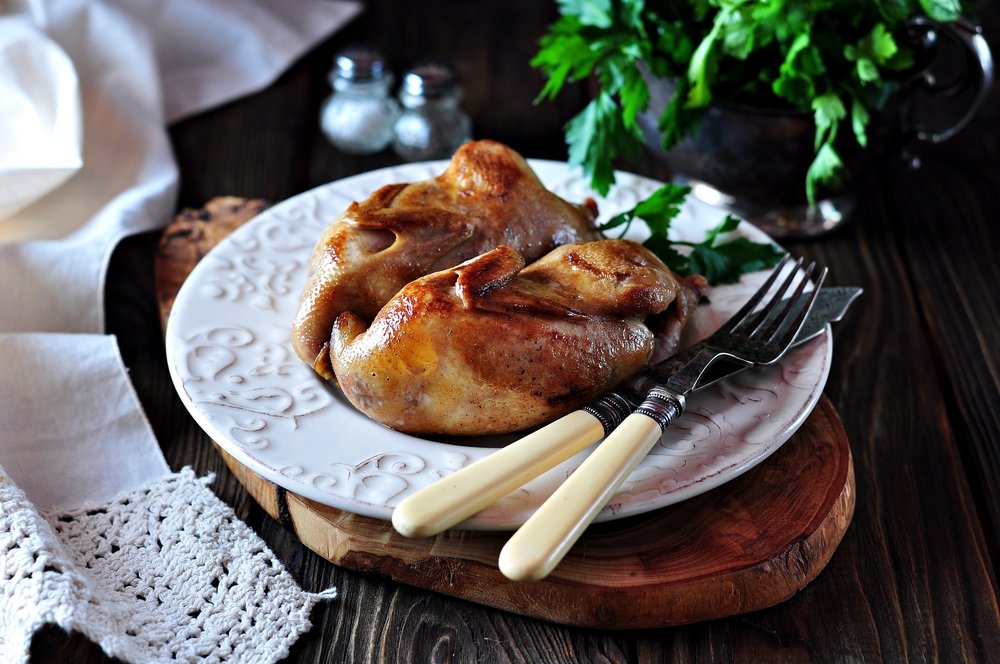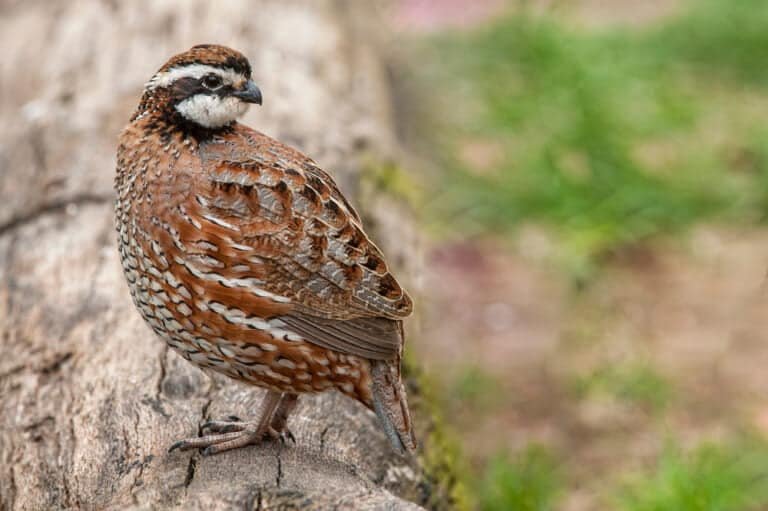The Elusive Montezuma Quail: 5 Unique Features You’ll Love
Picture a quail that’s more like a forest ninja than a bird – masters of camouflage, rarely seen, and with a mysterious allure that’s captivated hunters and naturalists for centuries. Meet the Montezuma Quail, the enigma of the upland world.

Deep in the oak-pine woodlands of the American Southwest and Mexico, there’s a quail species that seems more myth than reality. The Montezuma Quail, also known as the Mearns’ Quail, is not your average game bird.
This elusive creature has earned a reputation as the “fool quail” for its tendency to hold incredibly still when threatened, often allowing humans to nearly step on them before flushing.
But there’s so much more to these fascinating birds than their disappearing act. From their unique foraging habits to their striking plumage, Montezuma Quail are a species apart in the world of upland birds.
Whether you’re a seasoned hunter looking for the ultimate challenge, a birdwatcher hoping to add a rare sighting to your life list, or simply a nature enthusiast curious about the wonders of wildlife, the Montezuma Quail has something to captivate you.
Meet the Montezuma Quail
Imagine a small, round bird that’s good at hiding. That’s the Montezuma Quail! These cute birds live in the southwestern United States and northern Mexico. They’re about the size of a softball and weigh as much as a baseball.
Why Are They Special?
Montezuma Quail are important for the environment. They eat seeds and insects, which helps spread plant seeds and control bug populations. But what makes them cool is how well they can hide!
What Do They Look Like?
Male and female Montezuma Quail look different:
- Males: They’re the flashy ones! They have a black and white head with a coppery crest. Their face has a blue mask, making them look mysterious.
- Females: They’re more subtle but just as beautiful. Their brown feathers have patterns that help them blend in with their surroundings.
Both males and females have fancy feather patterns that look like lace. This helps them hide from animals that might want to eat them.
Where Do They Live?
Montezuma Quail like to live in grassy areas with some bushes. You can find them in:
- Open grasslands
- Areas with small bushes
- Pine-oak forests in the mountains
They live in the southwestern United States (like Arizona and New Mexico) and northern Mexico.
How Do They Act?
These birds are social creatures. During mating season (spring to early summer), male quail put on a show to impress the females. They puff up their chests, spread their tail feathers, and do a little dance!
Montezuma Quail also like to hang out in small groups called Coveys. This helps them stay safe from predators and find food more easily.
What Do They Eat?
Montezuma Quail are not picky eaters. They enjoy:
- Seeds from grasses and other plants
- Insects like beetles and grasshoppers
- Tender leaves and plant shoots
They find their food by scratching the ground with their feet and pecking their beaks.
How Do They Have Babies?
When it’s time to have babies (usually from April to June), female Montezuma Quail build nests on the ground. They hide the nests under bushes or thick grass. The female lays about 10-12 eggs and sits on them for about three weeks until they hatch.
What Dangers Do They Face?
Montezuma Quail have some challenges:
- Losing their homes: As people build more houses and farms, these birds lose places to live.
- Predators: Animals like coyotes, foxes, and hawks try to eat them.
- Climate change: Weather changes can make it harder for them to find food and water.
How Can We Help?
People are working to protect Montezuma Quail:
- Creating safe areas where the birds can live
- Fixing damaged habitats
- Teaching people about these special birds
You can help, too! If you live where Montezuma Quails are found, you can join bird-watching groups or help count birds for science projects.
Fun Facts
- Montezuma Quail are super sneaky! They’re so good at hiding that it’s rare to see one.
- Male quail make a funny sound that’s like a bouncing ball. Listen for it if you’re ever in their neighborhood!
Montezuma Quail might be small, but they’re full of surprises. Their amazing camouflage, unique calls, and important role in nature make them truly special birds!

Conclusion
Recapping the Montezuma Quail’s Remarkable Attributes
Throughout this article, we have delved into the fascinating world of the Montezuma Quail, uncovering its unique physical characteristics, captivating behavior, and specific habitat requirements. With its striking plumage and intricate facial markings, this bird is truly a sight to behold. Its preference for grasslands and shrubby areas in the southwestern United States and northern Mexico make it an iconic species of these regions.
Understanding Their Behavior and Adaptations
We explored the social behavior of Montezuma Quails, learning about their intricate mating rituals and group dynamics. The quail’ ability to adapt to their surroundings is also truly remarkable. Their exceptional camouflage techniques help them blend seamlessly with their environment, providing them with a higher chance of survival against natural predators.
Habitat Requirements and Potential Threats
Montezuma Quails thrive in specific habitats that offer a mix of grasses, shrubs, and ample cover for protection. Unfortunately, human activities such as habitat loss pose a significant threat to their existence.
Additionally, predation by natural predators further challenges their survival. Climate change exacerbates these threats by altering their preferred habitats.
While there are challenges facing this enchanting bird species, there is hope on the horizon. Conservation efforts are underway to protect vital habitats and raise awareness about the importance of preserving biodiversity.
By working together to mitigate human impacts on their environments and implementing effective conservation measures, we can ensure a brighter future for Montezuma Quails. Let us appreciate the uniqueness of these creatures and strive towards coexistence that guarantees their continued presence in our world for generations to come.






